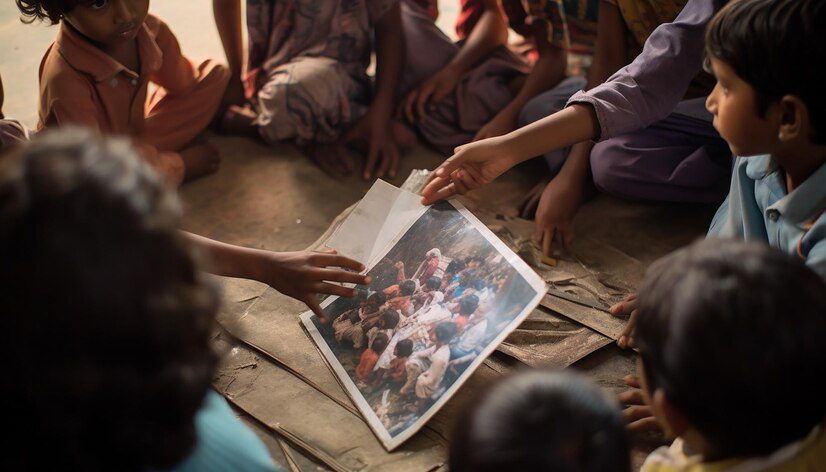Writing an NGO project report is a crucial task that ensures transparency, tracks project progress, and communicates the impact of activities to donors, stakeholders, and beneficiaries. A well-structured report not only enhances the credibility of the NGO but also lays the foundation for future funding and collaborations. This article will guide you through the step-by-step process of drafting a comprehensive NGO project report.
What is an NGO Project Report?
An NGO project report is a detailed document that outlines the objectives, activities, outcomes, and impact of a specific project implemented by a non-governmental organization. It typically includes financial details, timelines, and evaluation metrics to assess the success of the project. These reports are submitted to donors, government bodies, or internal management for accountability and decision-making.
Why is an NGO Project Report Important?
The NGO project report plays a vital role in the functioning of any nonprofit. It serves multiple purposes:
- Transparency: Demonstrates how funds and resources were used.
- Monitoring: Helps track the progress and performance of the project.
- Evaluation: Assesses the effectiveness and impact of activities.
- Donor Relations: Strengthens trust with donors by showing results.
- Documentation: Provides records for future reference and audits.
Key Elements of an NGO Project Report
To make your NGO project report effective, it must be well-structured and contain the following components:
1. Cover Page
Include the project title, name of the NGO, logo, date of submission, and contact details.
2. Executive Summary
A brief overview of the entire project – including objectives, major activities, results, and conclusions.
3. Project Background
Explain the context, problems addressed, and the need for the project. This section sets the foundation for understanding the project’s relevance.
4. Objectives of the Project
Clearly state what the project aimed to achieve. These should be measurable and time-bound objectives.
5. Target Group and Location
Mention the target beneficiaries (age, gender, socio-economic status) and the geographical area covered by the project.
6. Activities Undertaken
List all the major activities conducted during the project. Include dates, methods used, and number of participants.
7. Outcomes and Results
Highlight the outcomes – both quantitative and qualitative. Use charts, graphs, and tables where necessary to show data clearly.
8. Challenges and Solutions
Describe any issues faced during implementation and how they were resolved.
9. Financial Report
Present a summary of the budget, funds received, expenses incurred, and any remaining balance. Include receipts if required.
10. Impact Assessment
Discuss how the project has made a difference. Include testimonials, photos, or case studies if available.
11. Conclusion and Recommendations
Summarize key takeaways and suggest improvements for future projects.
12. Annexures
Attach additional documents like attendance sheets, feedback forms, photos, or any supporting material.
Tips for Writing an Effective NGO Project Report
Here are some best practices to follow while preparing an NGO project report:
● Use Simple and Clear Language
Avoid jargon. Use simple and understandable language to reach a wide audience.
● Stick to Facts and Figures
Use data to back your claims. Include statistics, graphs, and visual elements wherever possible.
● Be Honest About Shortcomings
An authentic NGO project report doesn’t hide failures. Addressing challenges builds credibility.
● Include Testimonials
Beneficiary quotes or stories can add emotional value and highlight real-life impact.
● Edit and Proofread
Ensure your report is grammatically correct and free from spelling errors.
Read: Unparalleled Prestige
Format Example of an NGO Project Report
Here’s a sample outline you can use to prepare your NGO project report:
markdownCopyEditTitle: Youth Education Empowerment Project – Final Report
Submitted By: Helping Hands Foundation
Date: 30 March 2025
1. Executive Summary
2. Project Background
3. Objectives
4. Target Area and Group
5. Activities Conducted
6. Outcomes
7. Challenges
8. Financial Report
9. Impact Analysis
10. Conclusion
11. Annexures
Following such a format ensures consistency and professionalism in your NGO project report.
Common Mistakes to Avoid
When preparing an NGO project report, avoid the following:
- Missing deadlines for report submission.
- Incomplete documentation of activities and finances.
- Lack of visuals like charts or images.
- Not aligning with donor requirements or guidelines.
- Overlooking proofreading, which can affect readability.
Conclusion
A well-crafted NGO project report is not just a formality—it’s a reflection of the hard work and impact your organization has made. By following the right structure, maintaining transparency, and showcasing results, your report can become a powerful tool to build donor trust and community support.
Remember, each NGO project report is a story of change. Tell it honestly, clearly, and impactfully.


